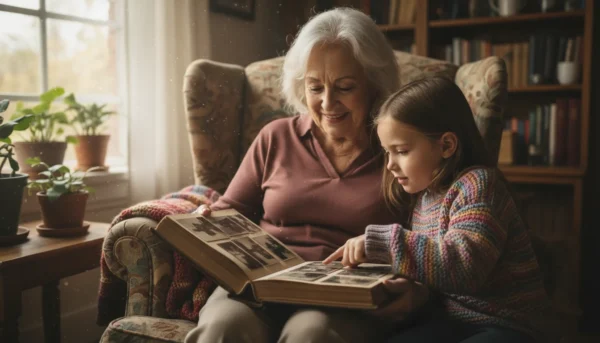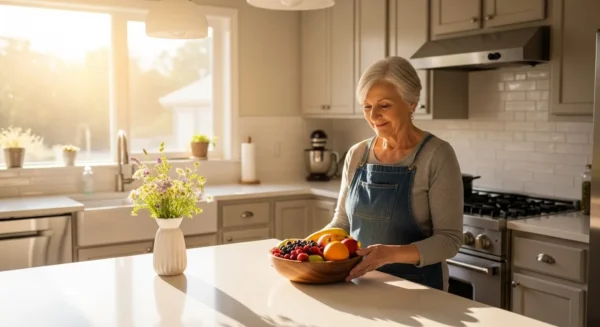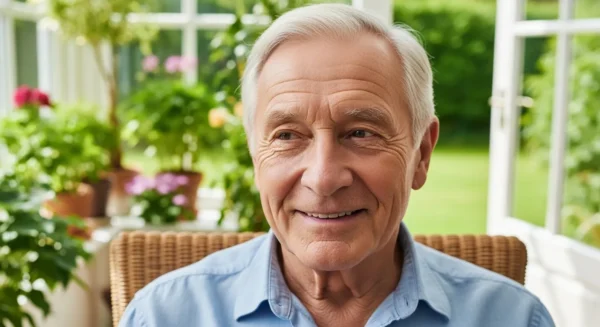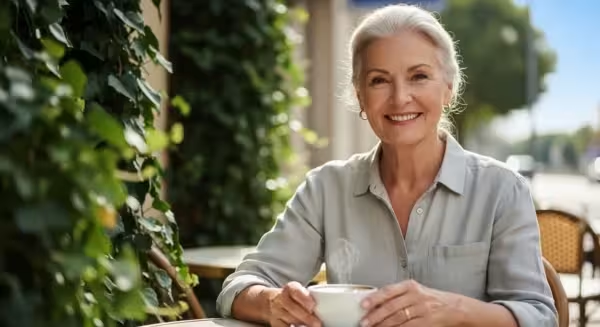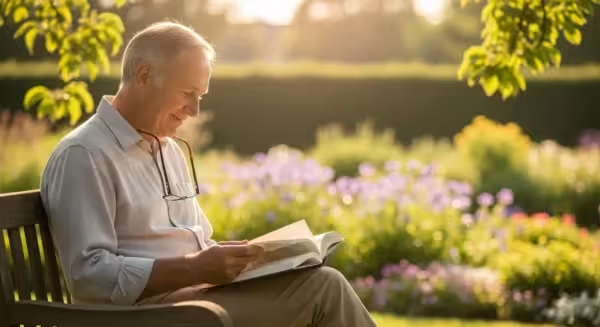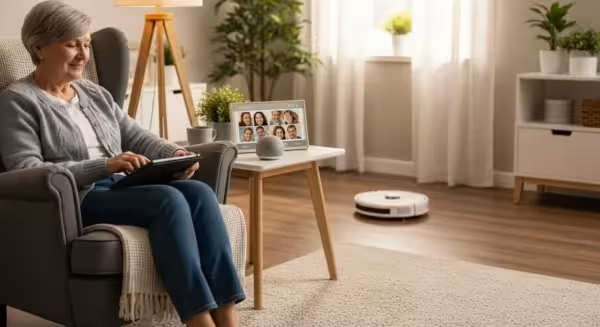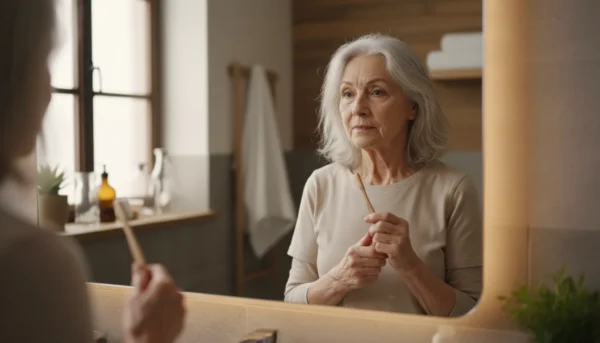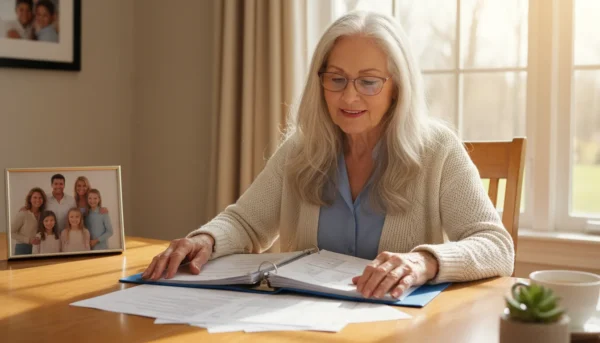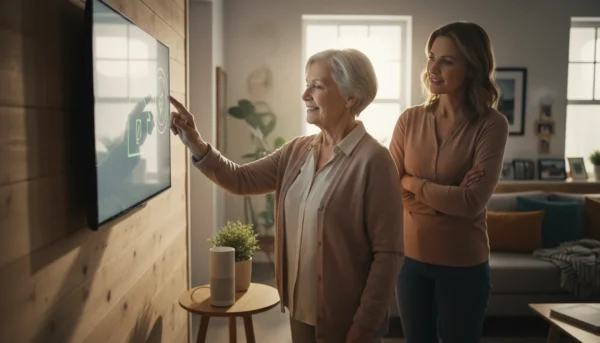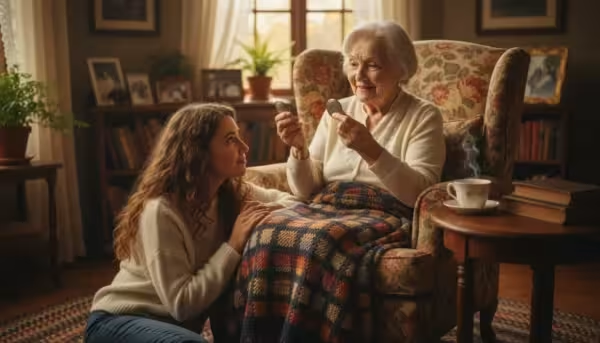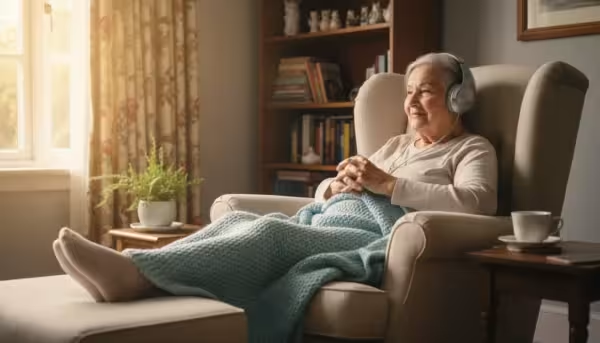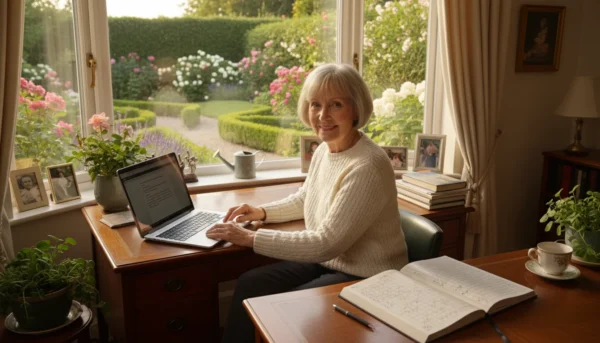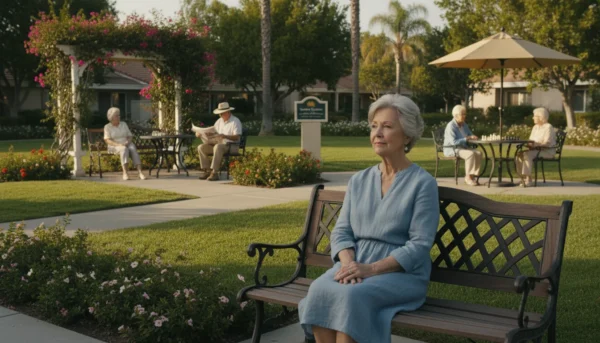My wife, Eleanor, and I have always been planners. We planned for our kids’ college education, we planned for our retirement, and we even plan our weekly grocery trips with a precision that would make a general proud. But there was one big, looming item on our life’s to-do list that we’d been studiously ignoring for the better part of a decade: our estate plan. We knew we needed a will, and we’d heard friends mention something called a living trust, but the whole topic felt heavy, complicated, and frankly, a little morbid. So, we did what so many of us do. We put it off.
This is my personal story and is for informational or entertainment purposes only. It is not intended to be financial advice. Please consult with a qualified financial professional or an estate attorney for advice tailored to your individual situation.

The Wake-Up Call We Couldn’t Ignore
Life has a funny way of forcing your hand. For us, that moment came on a Tuesday afternoon. I got a call from my golf buddy, Dave. His voice was shaky. His wife, Carol, had a sudden stroke the night before. She was in the hospital, and things weren’t looking good. Beyond the immediate shock and sadness for our dear friends, Dave’s words over the next few days hit me like a ton of bricks. “Frank,” he said, his voice ragged with exhaustion, “we never got our paperwork in order. We always said we’d do it next year. Now I’m trying to figure out how to access accounts, pay bills, and make medical decisions, and it’s a bureaucratic nightmare. I’m spending hours on the phone with banks instead of being by her side.”
That conversation was the coldest splash of water to the face I’ve ever had. Eleanor and I sat at our kitchen table that evening in silence. We looked at each other, and we didn’t need to say a word. We knew. The abstract, “someday” problem of estate planning had suddenly become a very real, very urgent “what if” scenario. What if one of us became incapacitated? Would the other be left in a legal and financial labyrinth, just like Dave? What if we both passed unexpectedly? Would we be leaving our children, Mark and Sarah, with a mess to untangle while they were grieving?
The guilt was immediate. We had worked so hard our entire lives to build a comfortable life and be a source of support for our kids, not a burden. The thought of our inaction causing them pain and stress was unbearable. The procrastination had to end. That night, we made a pact. This was no longer on the back burner. This was now priority number one.

Dipping Our Toes into the World of Estate Planning
My first instinct was to call a lawyer. That’s what you do, right? I remembered a friend mentioning they’d spent thousands of dollars on an attorney to set up their plan. I made a few calls, and the quotes I got were, to be blunt, staggering. We could afford it, but it felt like a huge financial hurdle, and the process seemed so formal and time-consuming. We’d need multiple appointments, we’d have to gather piles of documents beforehand, and it all felt incredibly intimidating.
Feeling a bit discouraged, I did what I do whenever I need to fix a leaky faucet or figure out a new piece of technology: I turned to the internet. I started searching for terms like “how to make a will” and “what is a living trust.” I learned that a will is a crucial document that outlines who gets your property after you pass, but it has to go through a court process called probate, which can be long and expensive. A living trust, on the other hand, is a legal entity you create to hold your assets (like your house, bank accounts, and investments). While you’re alive, you control it completely. After you pass, the assets are transferred to your beneficiaries directly, bypassing probate. For us, with a home and several investment accounts, the idea of avoiding probate for our kids was very appealing.
This research led me down a rabbit hole of what’s often called “DIY estate planning.” I discovered there were reputable online services that provided all the state-specific legal forms and a step-by-step process to create a comprehensive plan. The idea was intriguing. Could we really handle our own living trust setup? I was skeptical. It sounded too good to be true. I spent a full day reading reviews, comparing the top services, and checking their credentials. The more I read, the more I realized that for a family with a relatively straightforward situation like ours, it was a perfectly viable option.
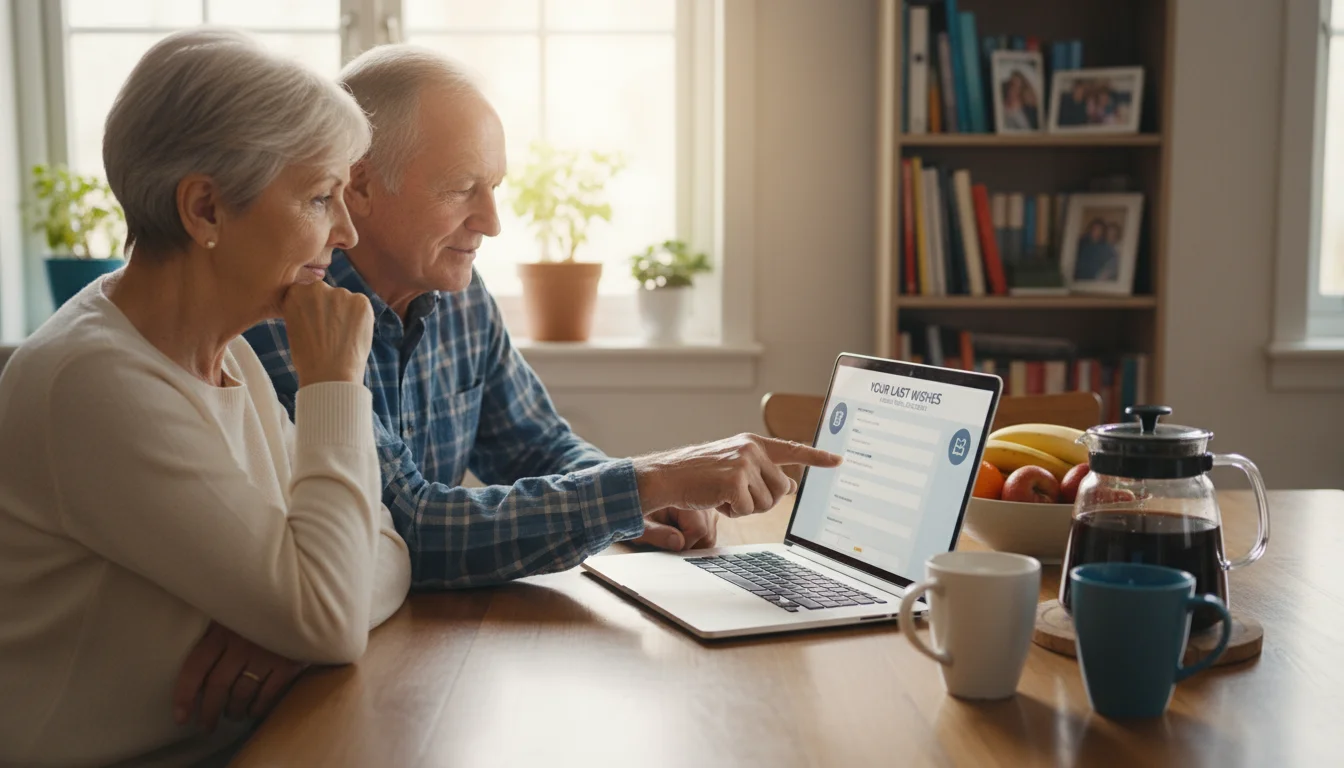
Our “DIY Estate Planning” Weekend Adventure
We decided to take the plunge. We chose a well-regarded online service, paid a fee that was less than a tenth of what the lawyers had quoted, and designated the upcoming weekend as our “Estate Planning Retreat.” I’m calling it a retreat to make it sound nicer than it was; in reality, we were both dreading it a little.
Saturday morning, we cleared the dining room table, brewed a large pot of coffee, and opened up the laptop. The online program was surprisingly user-friendly. It didn’t just give us blank forms; it interviewed us. It asked us questions in plain English, and based on our answers, it populated the documents. The first part was easy: names, dates, addresses, and listing our children.
Then came the harder part. We had to make real decisions. Who would be the successor trustee—the person to manage the trust if we couldn’t? We decided on our son, Mark, with our daughter, Sarah, as the alternate. Who would get what? We always planned to split everything 50/50, but the software made us think about the details. What about specific personal items? Eleanor spent an hour carefully listing her grandmother’s jewelry and who should receive each piece. I did the same with my father’s old tools and my book collection. These weren’t big-ticket items, but they were emotionally significant. It was a bittersweet process, a walk through our own history.
The most difficult, and ultimately most important, part of the weekend was creating our advance healthcare directives and durable powers of attorney. These documents designated who would make medical and financial decisions for us if we were incapacitated. Looking Eleanor in the eye and formally asking her to be the one to make those impossible choices, and vice-versa, was profoundly emotional. There were a few tears. But there was also a deep sense of trust and love. We talked about our wishes, our fears, and what a “good life” meant to us. It was one of the most honest and intimate conversations we’ve had in 45 years of marriage.
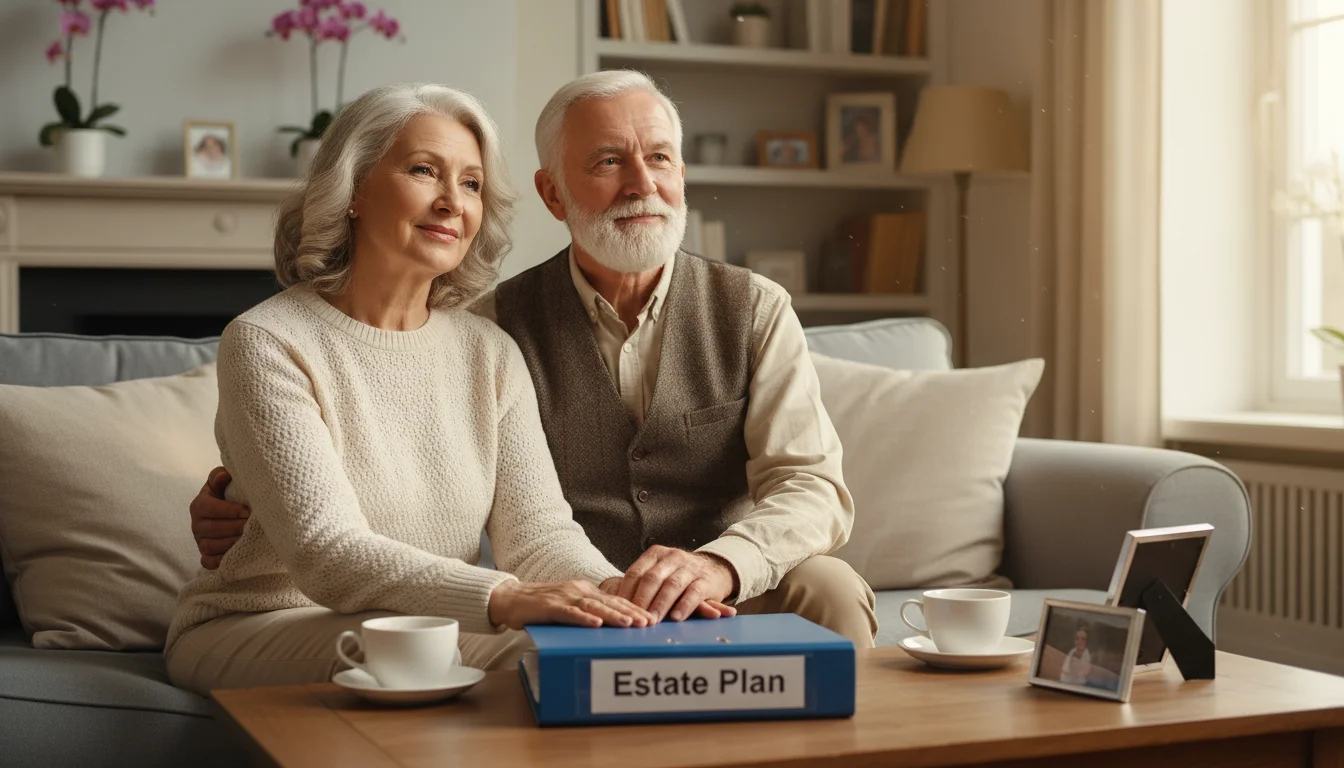
The Notary, The Binder, and a Surprising Feeling of Peace
By Sunday afternoon, we were done. The software compiled everything into a set of professional-looking documents: our revocable living trust, our pour-over wills (which act as a safety net for any assets accidentally left out of the trust), and our healthcare and financial powers of attorney. The final step was to print everything and get it signed and notarized.
On Monday morning, we walked into our local bank and signed the documents in front of a notary. It felt momentous. We bought a sturdy three-ring binder, hole-punched every page, and created a neatly organized “Estate Plan” binder. The last step in the living trust setup was to formally “fund” the trust, which meant retitling our assets—like our house deed and our main bank account—into the name of the trust. The online service gave us clear instructions for this, and it was mostly a matter of filling out a few forms at the bank and the county clerk’s office.
Walking out of the bank that day, holding our completed binder, I expected to feel sad or morbid. I didn’t. I felt an incredible, surprising wave of relief. A weight I hadn’t even realized I was carrying had been lifted from my shoulders. The vague, low-level anxiety that had been buzzing in the back of my mind for years was finally gone. We had faced the uncomfortable topic, and we had conquered it.
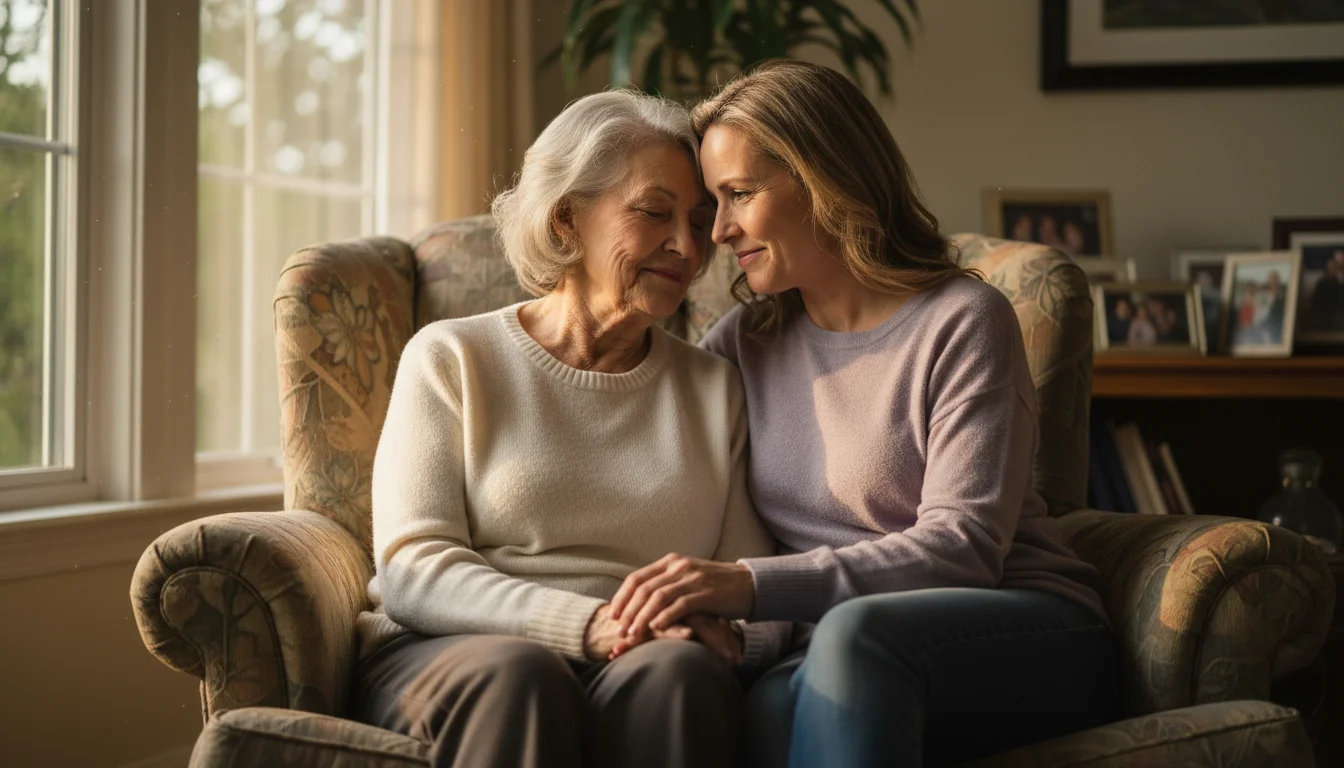
What I Learned from Finally Getting It Done
Looking back, I can’t believe we waited so long. Fear and procrastination are powerful forces, but the peace of mind we gained was worth every uncomfortable moment of that weekend. We didn’t just create a legal structure; we gave a final, profound gift to our children—the gift of clarity and simplicity during what would inevitably be a difficult time.
My advice to any friend, any fellow senior, who is stuck where we were is this: don’t wait for a wake-up call like the one we had. Don’t let the fear of complexity or cost paralyze you. Think of creating your will and trust not as planning for your death, but as an act of love for the people you’ll one day leave behind.
Whether you choose to hire a lawyer or explore a DIY option, the most important thing is to simply start. The process is more manageable than you think, and the peace you feel once that binder is sitting on your shelf is immeasurable. We took one weekend and turned our biggest source of financial anxiety into our greatest source of peace. And that is a plan I am truly proud of.
For expert guidance on senior health and finance, visit American Heart Association, Benefits.gov and National Institute on Aging (NIA).
|
Fact-Checked Content
Our editorial team reviews all content for accuracy and updates it regularly. Learn about our editorial process →
|



